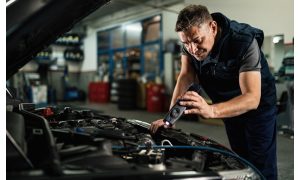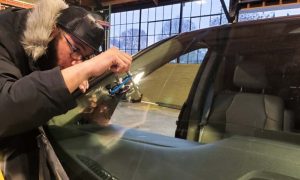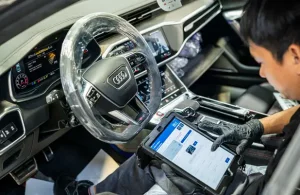How to Detect Hidden Damage in Car Doors After an Accident

After a car accident—especially a side impact—it’s common for visible damage to steal attention: dents, scratches, or shattered glass. However, what often goes unnoticed is the structural damage lurking beneath the surface. Hidden damage inside car doors can affect the locking mechanism, window track, side-impact beams, and even wiring. Ignoring these internal issues can compromise your safety, lead to future malfunctions, and reduce the vehicle’s resale value.
Common Signs That May Indicate Internal Damage
While hidden door damage isn’t always immediately visible, your vehicle may exhibit certain symptoms. Difficulty opening or closing the door, unusual noises when using power windows, or a door that no longer seals properly are red flags. You might also notice wind noise, water leaks, or a door that seems misaligned. These issues often stem from damage to the door frame, hinges, or inner components like the regulator or actuator, all of which require professional assessment.
How Professionals Perform Detailed Door Inspections
Auto body professionals use a combination of visual inspection, specialized tools, and diagnostic equipment to uncover hidden damage. The process typically starts with removing the interior door panel to access the inner workings of the door. Technicians examine the window motor, locking mechanism, side-impact protection bars, and wiring harness for signs of misalignment, cracking, or bending. Frame alignment gauges or laser measuring tools may also be used to determine if the door or its attachment points have shifted, ensuring the repair plan addresses all affected areas. But what to do there? The choice of Auto Repair in Provo, UT is the answer.
The Role of Digital Diagnostics and Measuring Systems
Modern vehicle repair leverages sophisticated diagnostic software to pinpoint electronic malfunctions within door systems. After a collision, issues like malfunctioning power locks, disabled airbags, or unresponsive side mirrors can often be traced to faulty sensors or damaged modules inside the door. Technicians use scanning tools to interpret error codes and identify the root cause of these electronic problems. Beyond electronics, professional repair shops employ computerized measuring systems to assess the door’s alignment relative to factory standards. This meticulous process compares the vehicle’s post-collision geometry with the original design, ensuring that realignment and repairs restore the door and surrounding structure to its pre-accident condition. This combination of electronic diagnostics and precise measurement guarantees comprehensive and accurate door repairs.
Ensuring Complete Repairs and Long-Term Integrity
Once all damage is identified, repair can involve replacing bent door shells, realigning hinges, replacing broken components, or repairing internal wiring. A high-quality repair restores not just appearance but also structural integrity, proper sealing, and reliable door function. Ensuring hidden damage is fully addressed is essential for maintaining crash protection, cabin comfort, and your car’s resale value. Skipping a thorough inspection can lead to future issues that are more expensive—and dangerous—down the road.
In summary, detecting hidden car door damage after an accident is not something to leave to chance. While some problems may be subtle, professional inspections ensure your car remains safe, functional, and structurally sound long after the visible dents are gone.





